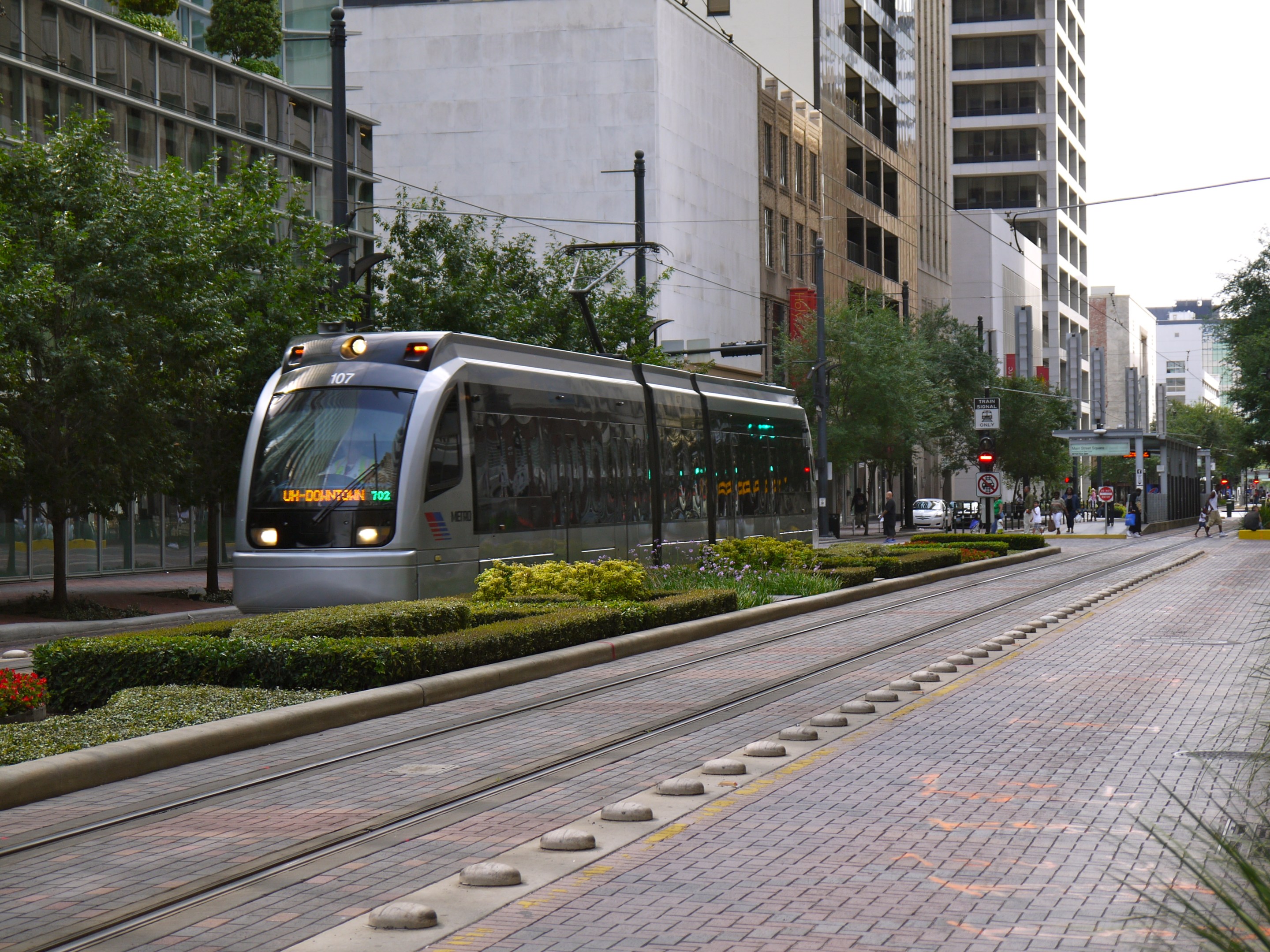America's fourth largest city could take a giant leap for mass transit — as long as Houston voters don't muck it up.
Houston's Metropolitan Transit Authority, or METRO, is nearly done compiling its $7.5-billion long-term plan to expand its rail and bus system to help Texans traverse Space City more easily, before a $3-billion bond proposal heads to the ballot in November.
"We are headed in the right direction, based on all our community input," METRO chairwoman Carrin Patman told the Associated Press. "I think we are moving toward a wonderful plan to take out to the voters."
Board members are finalizing proposals which consist of an additional 75 miles of bus rapid transit and 16 more miles of light rail, including a much-debated line connecting light rail service from downtown Houston to Hobby Airport and routes that reach the city's outer suburbs.
The METRO board was considering several options in April including the extension of one to two lines to the airport, merging the East End and Southeast lines to create a new connection, or adding bus rapid transit the length of the route. A measure to extend the Green and Purple lines 0.2 miles from the western edge of the city's Theater District to the Houston Municipal Courthouse has already been included.
At their May meeting, board members heard proposals to put rail lines on Broadway Street and Telephone Road, as well as on Washington Avenue between the city's downtown and Heights Boulevard.
But the idea to add a new rail line on 75th Street received staunch opposition from residents and community leaders because it could abut a park project. And some board members insisted that new rail routes must include a parking lot at the end of their lines to get commuters to take it.
"Regardless of how we get to Hobby [Airport], I think it is paramount we put a park-and-ride lot at the end of it," Metro board member Jim Robinson told the AP.
METRO will hold another community engagement meeting for Houston residents to weigh in on transit plans in June before releasing its final plan in July.
Any iteration of the plan will likely be welcome help for East Texans who suffer from extensive traffic delays and a lack of public transit.
People take more than 285,000 trips using public transit each weekday with about two-thirds of them on a local bus. Few of those who take transit, only about 14 percent, have commutes that last under half an hour, while 29 percent take more than an hour to get to work every day, according to a Geotab analysis. Those with cars can get to work much more quickly — half of motorists can get to the office within 30 minutes.
Commuting remains difficult if you don't have a car. An estimated 984,000 Houstonians have a high need for more affordable transit options, according to a Link Houston study from last year. Among transit riders, 31 percent belong to a household without a vehicle while 58 percent of bus riders and 22 percent of rail riders don't have the option to use a car even though they live in a home with one.
Houston's METRORail system, which launched in 2004, currently has 22.7 miles of light rail and an average daily ridership of 61,476 in March 2019. Ridership has risen 28 percent since Houston's last major rail expansion in 2015 when it opened a 5.3 mile extension to the Red Line and added the Purple Line.
Unlike other cities like L.A. and Denver which have tinkered with their light rail systems this past decade, Houston completely overhauled its bus network which now accounts for the bulk of transit ridership in the region.
UPDATE: An earlier version of this story undercounted the number of new BRT routes METRO is considering. The error was based on an undercount in an earlier AP report.






